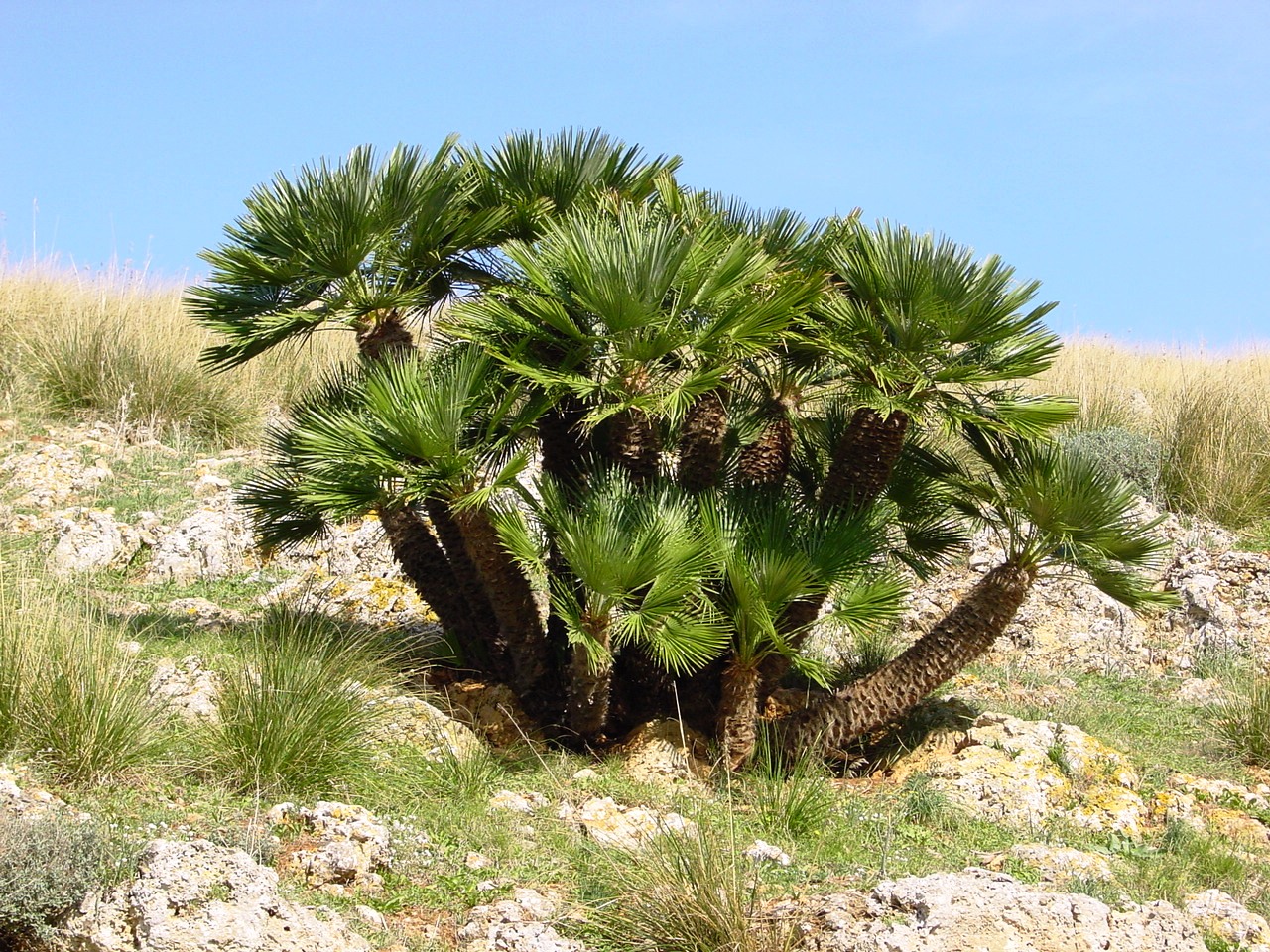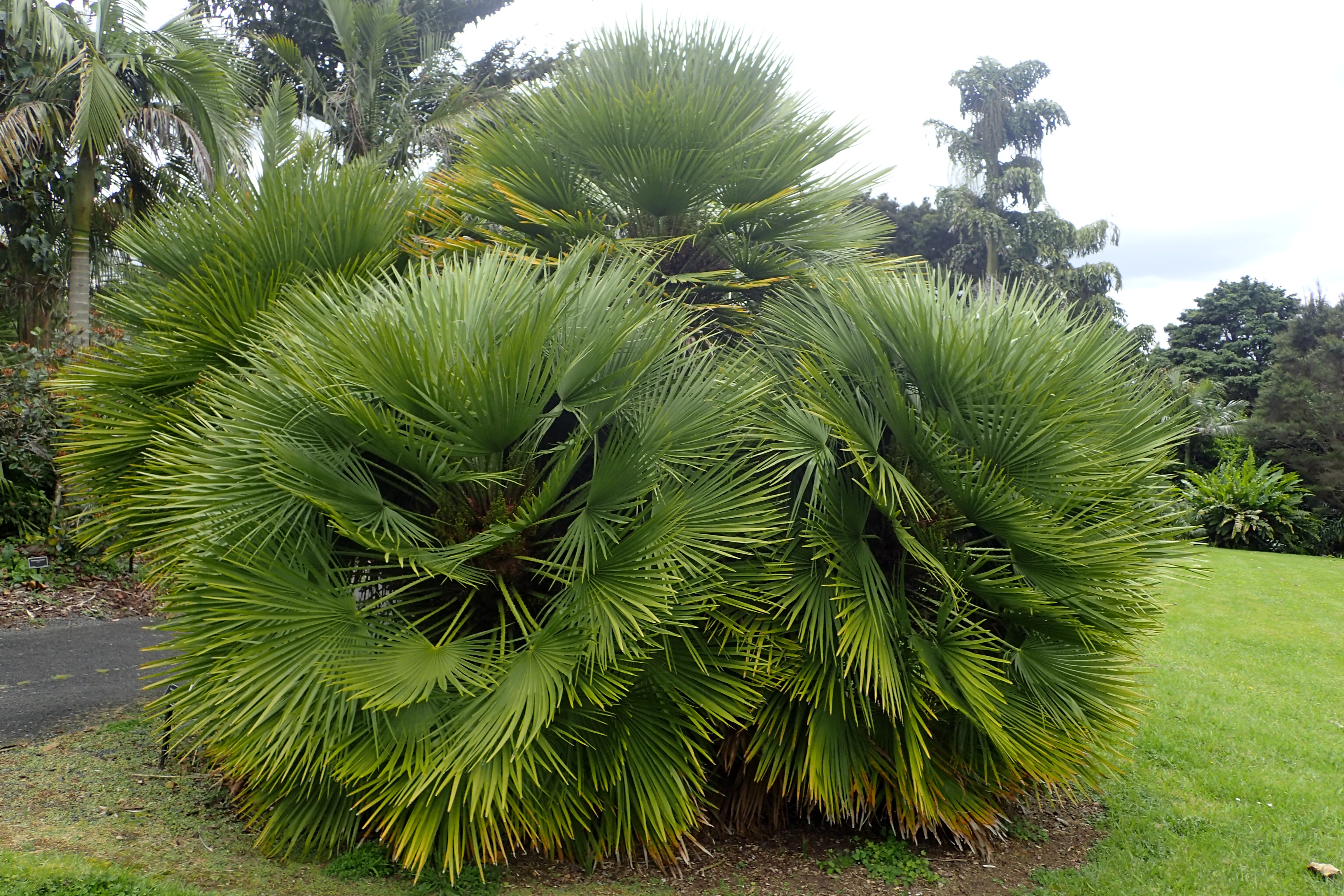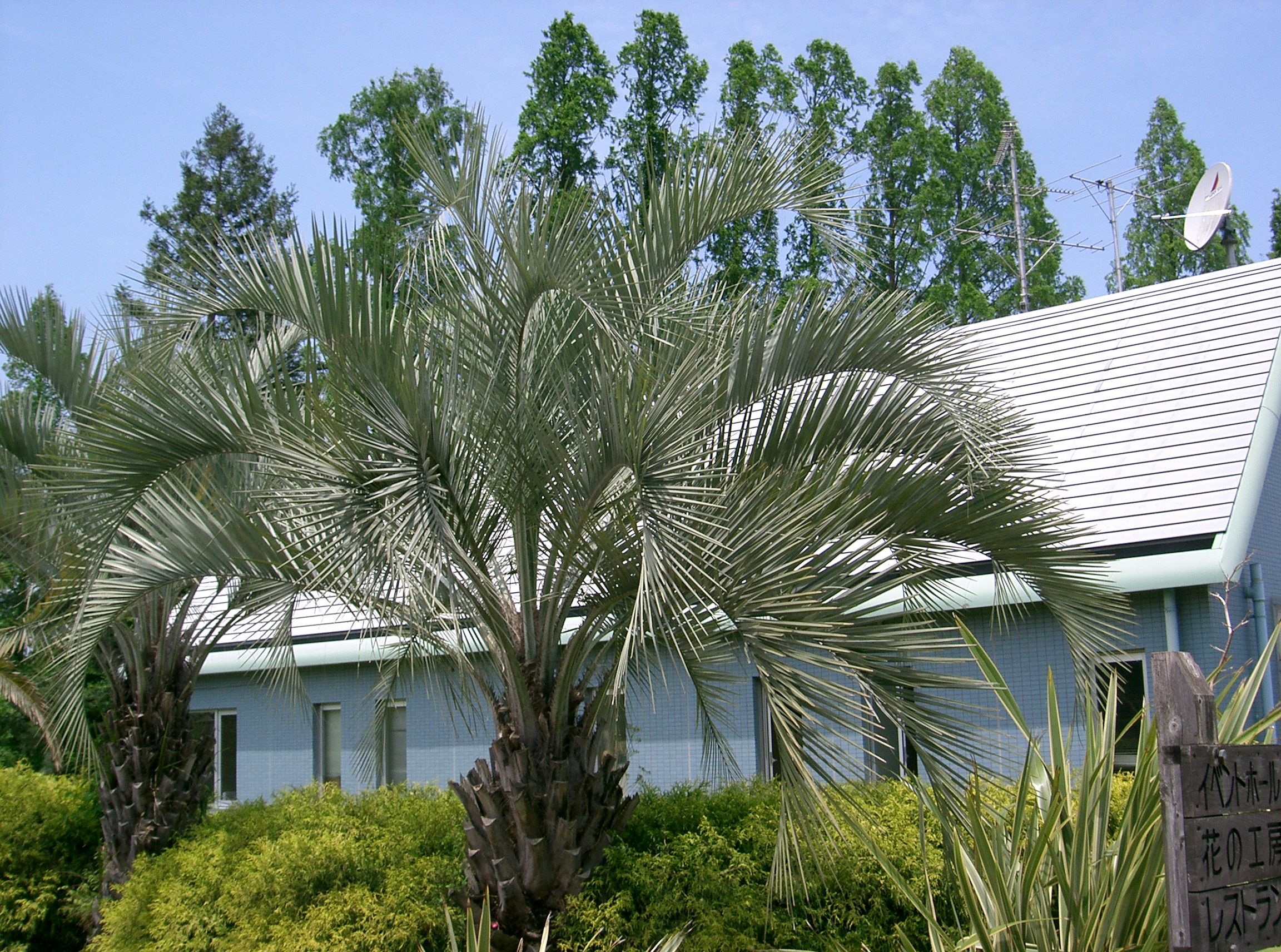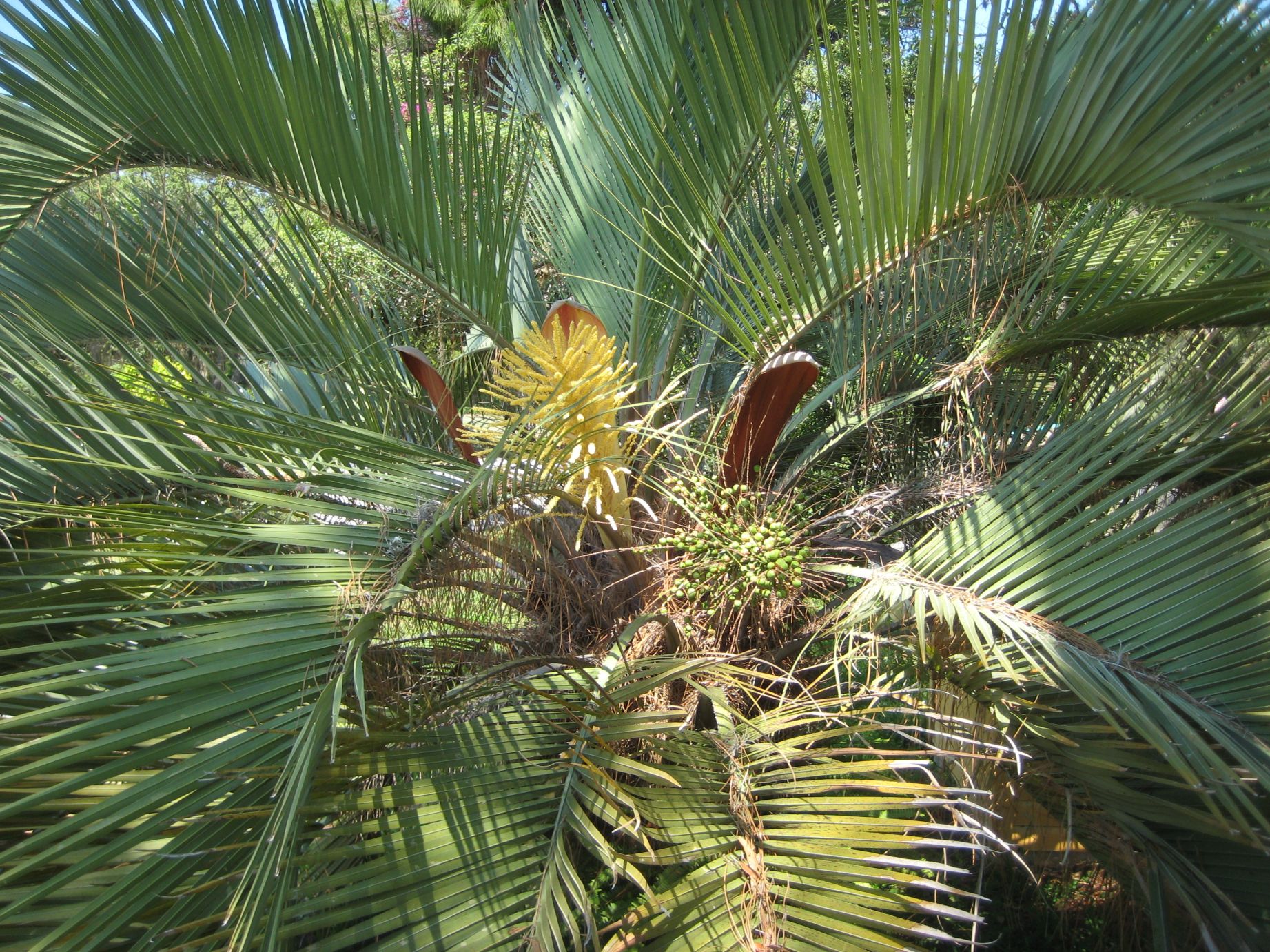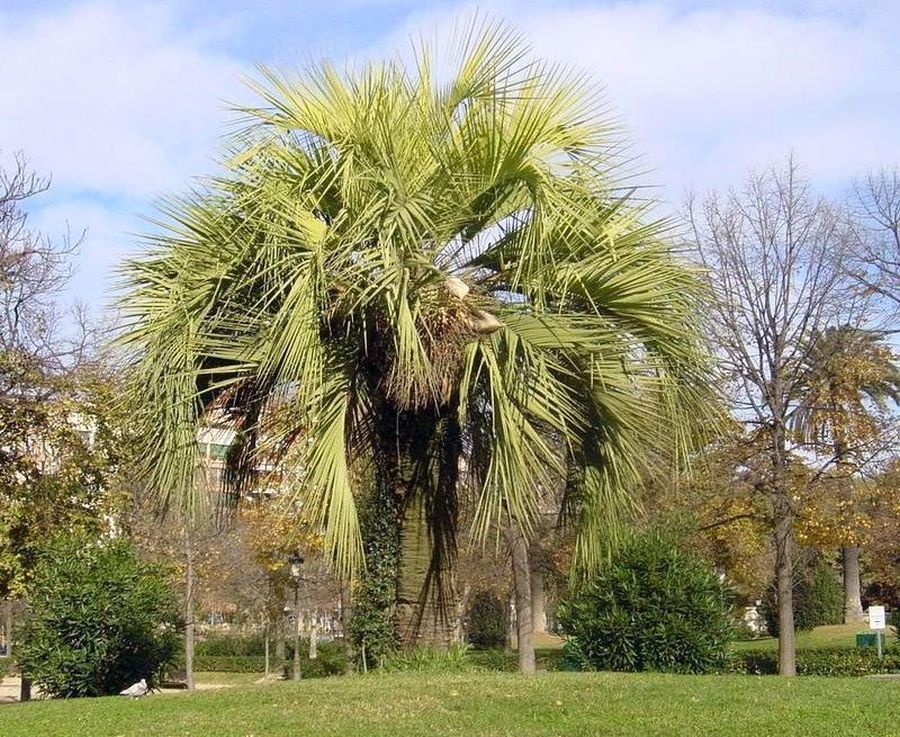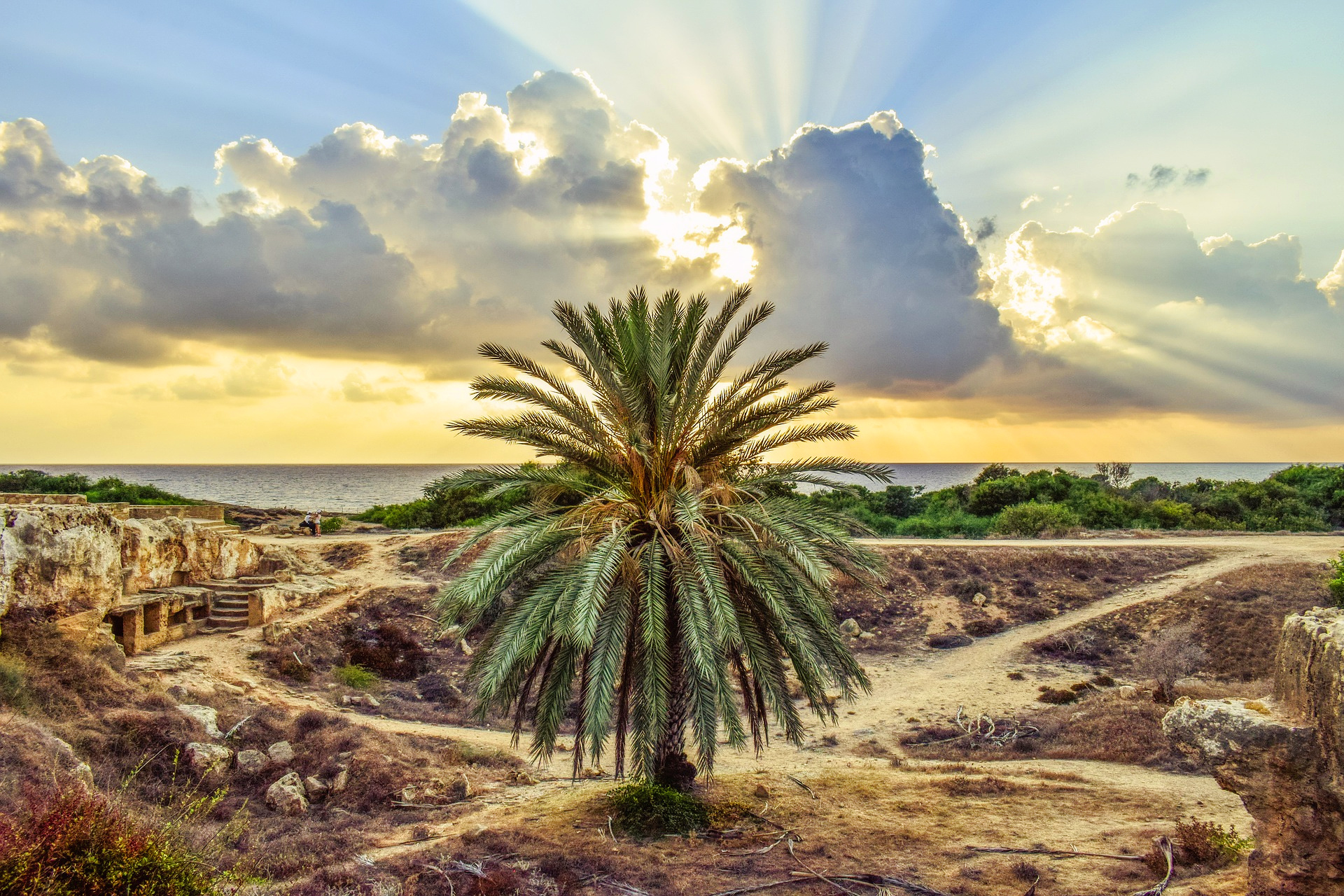Cultivating Endangered Palm Tree Species from Africa
Cultivating endangered palm species from Africa and Madagascar. Today we report about the situtation and how to protect endangered species from extinction, for example by promoting and sharing important information and seeds for cultivation. You can order now different Madagascar palms, cuttings or young plants and seeds by eMail or eBay. We can ship worldwide and in Europe for lower shipping costs.
Dypsis madagascariensis is a species of flowering plant in the Arecaceae family. The palm of Madagascar is threatened by habitat loss. Dypsis madagascariensis is endemic to northern and western Madagascar. Dypsis madagascariensis occurs in moist rainforest and semi-deciduous forest up to 650 m altitude. It can be found in drier forest than most other Dypsis species, even in gullies and ravines in dry bushland. It is cultivated as an ornamental in many tropical countries. Locally it has become naturalized, e.g. in Panama. In Madagascar the wood is commonly used for floorboards of houses. The palm heart is an excellent vegetable and the fruits are edible. The palm is an attractive ornamental. The wood is very hard because of an outer layer of tough fibres. The felling intensity of Dypsis madagascariensis trees is locally high, but usually only mature trees are cut, which gives them some time to reproduce by seed. In many areas, regeneration is fair. However, as is the case with most other Dypsis spp. in Madagascar, the population of Dypsis madagascariensis has much declined as a result of forest destruction, and in national parks illegal cutting is still practised.
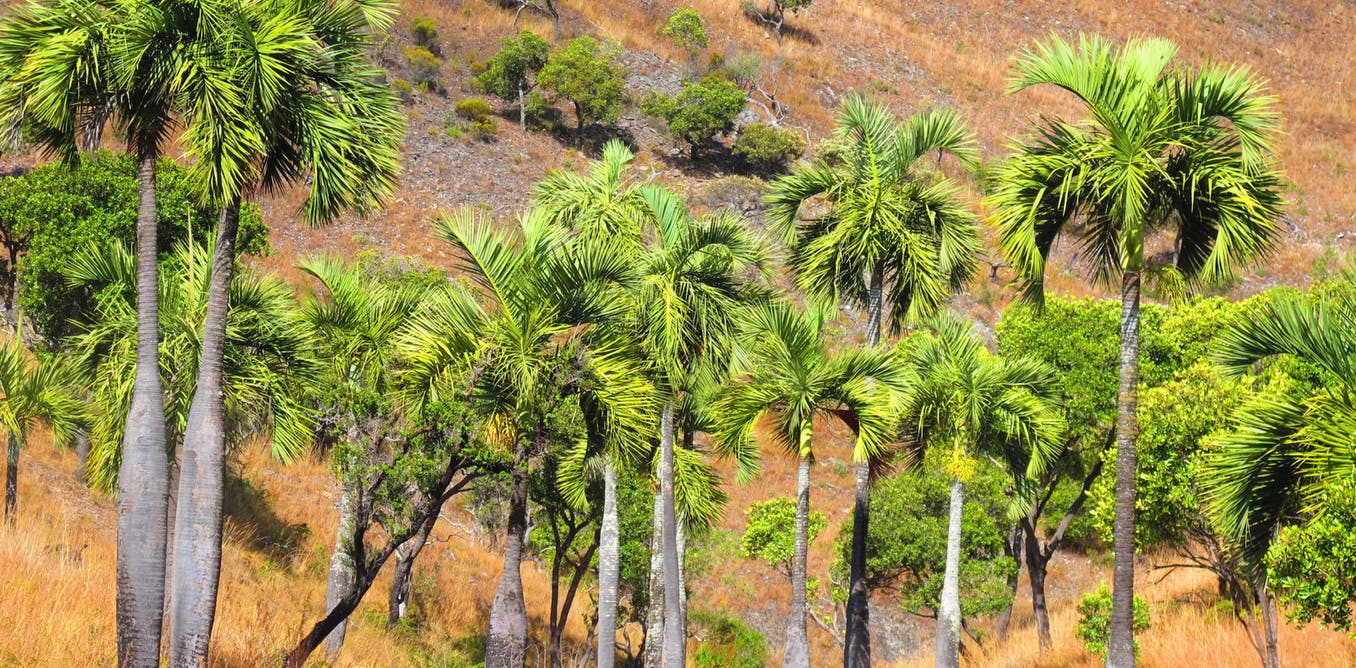
Dypsis comprises about 140 species, all endemic to Madagascar except 2 occurring in the Comoros and 1 on Pemba Island. The name Dypsis madagascariensis (Becc.) Beentje & J.Dransf. (1995) may be illegitimate because of the existence of Dypsis madagascariensis (Mart.) G.Nicholson (1885), which is a synonym of Areca madagascariensis Mart. Several other large-sized Dypsis species are cut for their timber used in house building, but most of these are very rare or have a very restricted distribution. The stems of some smaller-sized species are used to make blowpipes, fishtraps and bird cages. The fruits of Dypsis madagascariensis are eaten by lemurs, which disperse the seeds. The palm can grow up to 18 m tall with solitary trunk or 2–4 trunks clustering in clumps, up to 30 cm in diameter; crown shaft green, white waxy.
It is unlikely that sustainable and economically interesting production of timber and palm heart is possible from the remaining wild stands of Dypsis madagascariensis. Protection of the species has become a major concern. Its importance as an ornamental palm will probably still increase. Nursery, conservation and environmental protection projects like Greening Deserts and LE Palms (Leipzig Palms) supporting the recultivation and protections of endangered species, not just palms. We also cultivating different Baobab and mammoth trees.




